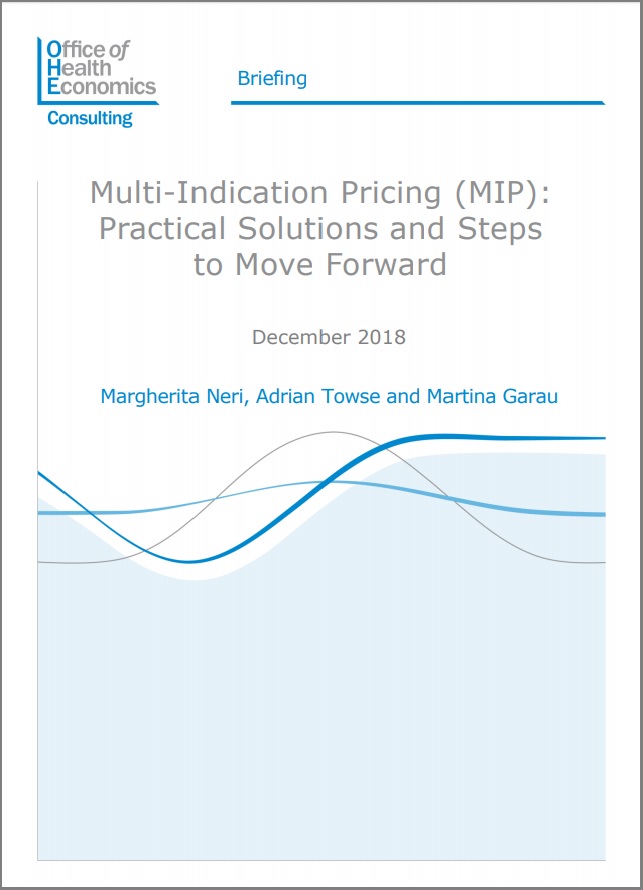Multi-Indication Pricing (MIP): Practical Solutions and Steps to Move Forward
This report provides a detailed summary of a panel discussion held at the HTAi 2017 annual meeting in Rome on the current approaches to MIP in Europe, the perceived challenges, and how they could be tackled in the future.
This report provides a detailed summary of a panel discussion held at the HTAi 2017 annual meeting in Rome on the current approaches to MIP in Europe, the perceived challenges, and how they could be tackled in the future.
Multi-indication pricing (MIP) is based on the idea of recognising the value of all the indications, or patient sub-groups, for which a product is authorised. In principle, the implementation of MIP could achieve improvements in both static and dynamic efficiency: prices can be set at a cost-effective level for each indication and patient sub-population, thereby expanding treatment to more patients and stimulating future research as manufacturers anticipate a sufficient return on R&D spending.
Despite its theoretical attractiveness, MIP is perceived as entailing a number of challenges and complications over the more widely used single pricing across indications. These include concerns around the appropriation of consumer surplus by manufacturers, leading to higher budget impact as the patient population grows in size, as well as complexity and inadequateness of the health system capabilities required to implement MIP.
This report provides a detailed summary of a panel discussion held at the HTAi 2017 annual meeting in Rome on the current approaches to MIP in Europe, the perceived challenges, and how they could be tackled in the future.
Erratum:
06/02/2019: Please note that this copy of the report (originally published 28/11/2018) has been updated to correct an error in Section 3.

